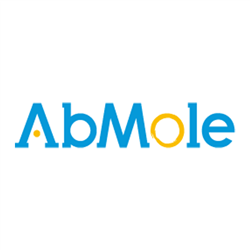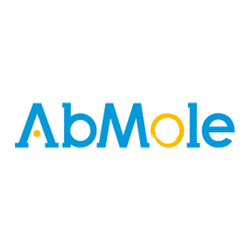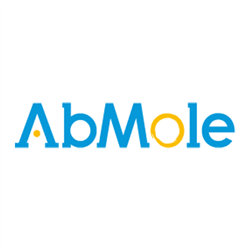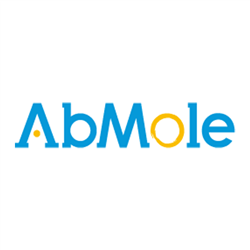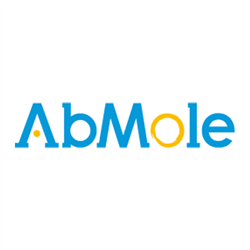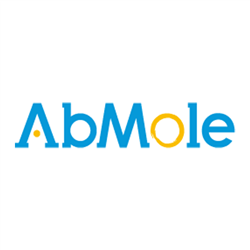Protein
- Instrumentos
- Agitadores / Agit. Incubadores
- Orbitales
- Con Incubación
- Incubadores Gran Capacidad
- Lineales, Balanceo y 3D
- Incubadores Microplacas
- Para colocar en estufa
- Magnéticos
- Mezcladores /Roller /Rotatorios
- Agitadores de Paletas
- Jeio Tech Accesorios para Agitadores
- Benchmark Accesorios para Agitadores
- N-Biotek Accesorios para Agitadores
- Biosan Accesorios para Agitadores
- Labnet Int. Accesorios para Agitadores
- Vórtex
- Analisis Imagen, animales, plantas, geles
- Balanzas
- Baños Termostáticos
- Cabinas Flujo / Extraccion gases / PCR
- Centrifugas
- Detectores de Radioactividad
- Electroforesis
- Electroquímica
- Equipos Microplacas
- Espectrofotometros
- Experimentacion Animal
- Hornos de Hibridacion
- Homogeneizadores
- Estufas / Equipos calor, frio
- Luminómetros de Tubos
- Microbiologia
- Pipetas / Dispensadores
- Pipetas Labnet Int. Monocanales Automaticos
- Pipetas HTL Monocanales Automáticas
- Pipeta Accumax Mono y Multicanales
- Pipetas Labnet Int. Multicanales
- Pipetas HTL Multicanales
- Pipetas Volumen Fijo
- Pipetas Electrónicas
- Dispensadores
- Dispensadores de Botella
- Pipetas Biosan Monocanales
- Pipetas Biosan Multicanales
- PCR / Tiempo Real (qPCR)l / Cicladores
- QPCR, Sistemas automaticos
- Sonicadores / Ultrasonidos
- Ultracongeladores
- Bombas Jeringa / Vacio / Osmoticas
- Ultracentrífugas
- Micro Array label free
- Contadores de Células
- Contenedores Criogenicos
- Producción agua ultrapura
- Electrospinning
- Agitadores / Agit. Incubadores
- Reactivos
- Consumibles
- Catálogos PDF
Protein Hay 17559 productos.
Recombinant Mouse Thioredoxin/SASP Protein (E. coli)
Thioredoxin/SASP Protein participates in a variety of redox reactions and can use its active dithiol center for reversible oxidation and disulfide bond formation. It catalyzes important dithiol-disulfide exchanges and plays a key role in the S-nitrosylation of cysteine residues in response to intracellular nitric oxide.
Recombinant Human Lactoferrin/LTF Protein (Mammalian, C-6His)
Lactoferrin (LTF) is a major iron-binding protein in exocrine fluid and controls the level of free iron in the blood and external secretions. It exhibits multiple antibacterial effects by chelating iron and disrupting bacterial membranes.
Recombinant Human Lactoferrin/LTF Protein (Mammalian, C-6His)
Lactoferrin (LTF) is a major iron-binding protein in exocrine fluid and controls the level of free iron in the blood and external secretions. It exhibits multiple antibacterial effects by chelating iron and disrupting bacterial membranes.
Recombinant Mouse GAS6 Protein (HEK293, C-His)
GAS6 is a vitamin K-dependent protein, plays a role in the survival, proliferation, migration, differentiation, adhesion, and apoptosis of cells.
Recombinant Human GAS6 Protein (Mammalian, C-6His)
GAS6 (Growth arrest-specific protein 6) also known as AXL receptor tyrosine kinase ligand, is a multimodular protein that is up-regulated by a wide variety of cell types in response to growth arrest.
Recombinant Human GAS6 Protein (Mammalian, C-6His)
GAS6 (Growth arrest-specific protein 6) also known as AXL receptor tyrosine kinase ligand, is a multimodular protein that is up-regulated by a wide variety of cell types in response to growth arrest.
Recombinant Human GAD67 Protein (Baculovirus-Insect, C-His)
GAD67 (GAD1) is a member of thegroup II decarboxylase family. GAD67 is expressed in benign and malignant prostatic tissue and may serve as a highly prostate-specific tissue biomarker.
Recombinant Human ICA 512/PTPRN Protein (293AA, E.coli, N-6His)
ICA 512/PTPRN Protein belongs to the protein-tyrosine phosphatase family and receptor class 8 subfamily. ICA 512/PTPRN implicated in neuroendocrine secretory processes. It may be involved in processes specific for neurosecretory granules, such as their biogenesis, trafficking or regulated exocytosis or may have a general role in neuroendocrine functions.
Recombinant Human ICA 512/PTPRN Protein (293AA, E.coli, N-6His)
ICA 512/PTPRN Protein belongs to the protein-tyrosine phosphatase family and receptor class 8 subfamily. ICA 512/PTPRN implicated in neuroendocrine secretory processes. It may be involved in processes specific for neurosecretory granules, such as their biogenesis, trafficking or regulated exocytosis or may have a general role in neuroendocrine functions.
Recombinant Human ICA 512/PTPRN Protein (80AA&94AA, E.coli,...
ICA 512/PTPRN Protein belongs to the protein-tyrosine phosphatase family and receptor class 8 subfamily. ICA 512/PTPRN implicated in neuroendocrine secretory processes. It may be involved in processes specific for neurosecretory granules, such as their biogenesis, trafficking or regulated exocytosis or may have a general role in neuroendocrine functions.
Recombinant Human ICA 512/PTPRN Protein (80AA&94AA, E.coli,...
ICA 512/PTPRN Protein belongs to the protein-tyrosine phosphatase family and receptor class 8 subfamily. ICA 512/PTPRN implicated in neuroendocrine secretory processes. It may be involved in processes specific for neurosecretory granules, such as their biogenesis, trafficking or regulated exocytosis or may have a general role in neuroendocrine functions.
Recombinant Mouse CTLA-4 Protein (Mammalian, C-Flag)
Mouse CTLA-4 is a type I transmembrane T cell inhibitory molecule. CTLA4 transmits an inhibitory signal to T cells, whereas CD28 transmits a stimulatory signal.


